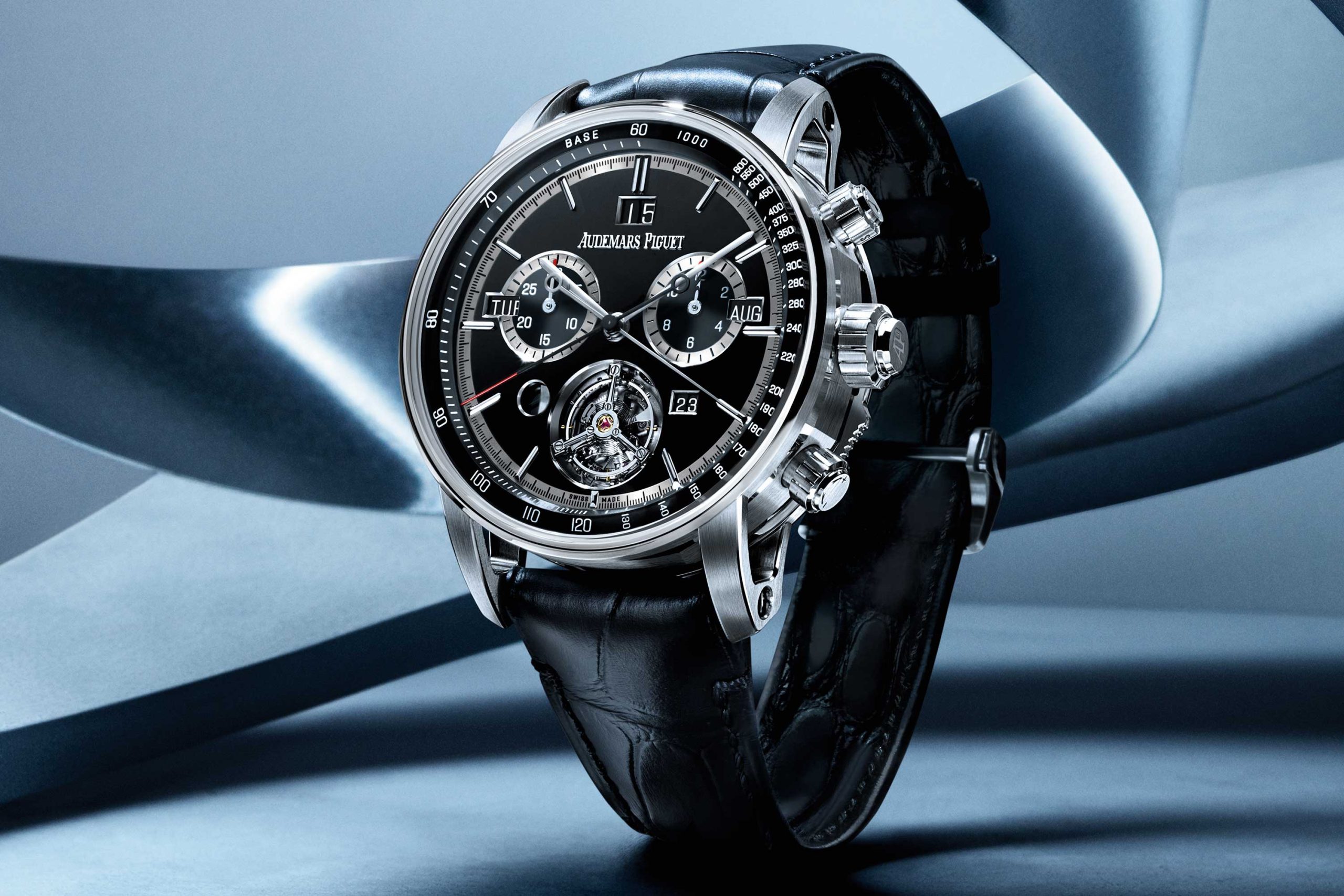Credits: Article and images by Cheryl Chia @ Revolution Watch Magazine. See the original article here - https://revolutionwatch.com/introducing-the-code-11-59-by-audemars-piguet-universelle-rd4/


The watch was inspired by the L’Universelle pocket watch movement made by Audemars Piguet in 1899 for German watchmaker Dürrstein, Uhrenfabrik Union Glasshütte. Among its 26 functions were a carillon grande and petite sonnerie perpetual calendar, split-seconds, jumping-second and deadbeat-second chronograph. It was delivered as part of a trilogy, but, for many years, it was the only completed piece in the series. It is regarded by many as a rival to the Henry Graves Supercomplication and has become the centrepiece of the Audemars Piguet museum today.
Traditionally, a grand complication refers to a watch that combines three types of complications – calendrical, chiming and timing. However, in the RD#4, the calendar is a superior form of perpetual calendar that not only has an ultra-thin construction first realized in the RD#2 but also facilitates bidirectional adjustment of the date at any time without risk to the movement, as well as has a 100-year cycle encoded in its gear train, enabling it to account for non-leap years that occur every century. The timing mechanism, on the other hand, is a split seconds and flyback chronograph and the chiming function is a grande and petite sonnerie that incorporates the brand’s Supersonnerie technology first unveiled in the RD#1. Beyond that, it also has a flying tourbillon that houses a high-power balance wheel that debuted in the RD#3. All this is via the Calibre 1000, a full-rotor, self-winding movement that consists of a staggering 1100 parts, which make up 23 functions and 17 devices for greater ease of use and safety.
Credits: Article and images by Cheryl Chia @ Revolution Watch Magazine. See the original article here - https://revolutionwatch.com/introducing-the-code-11-59-by-audemars-piguet-universelle-rd4/











